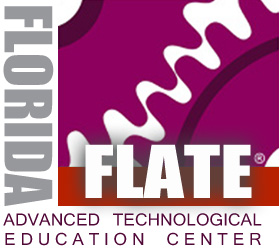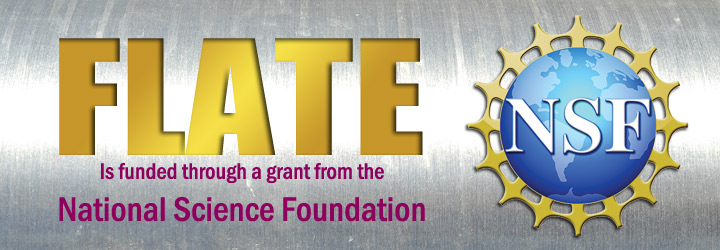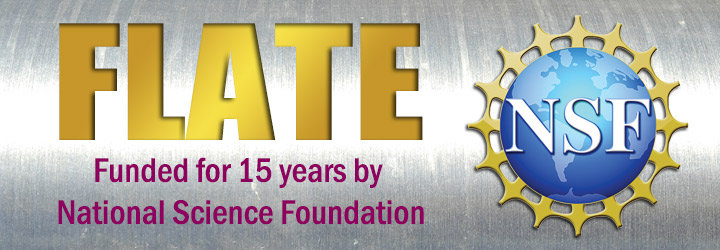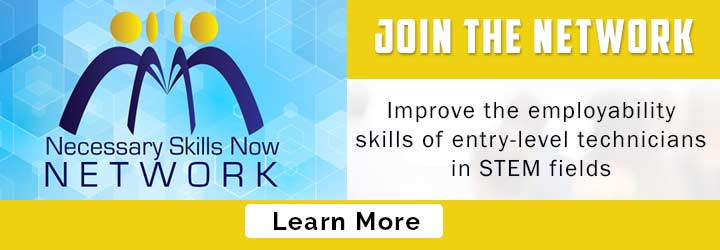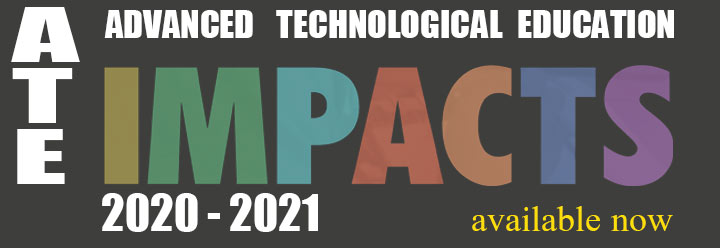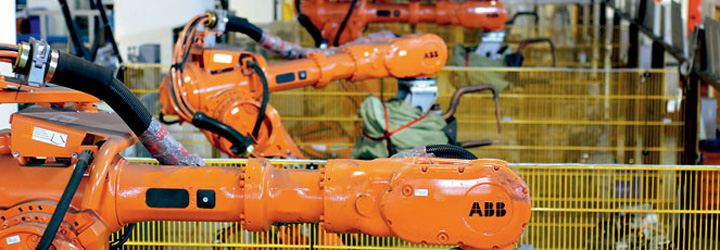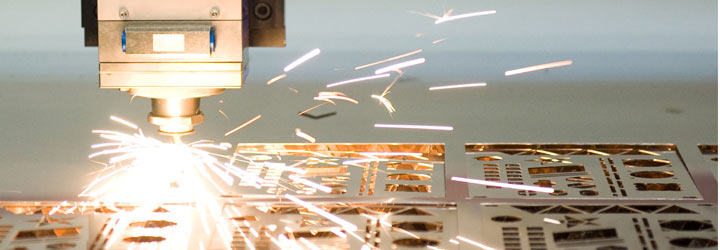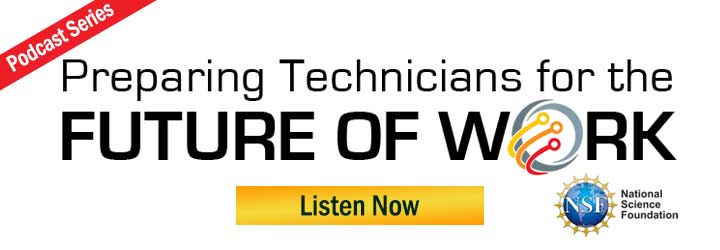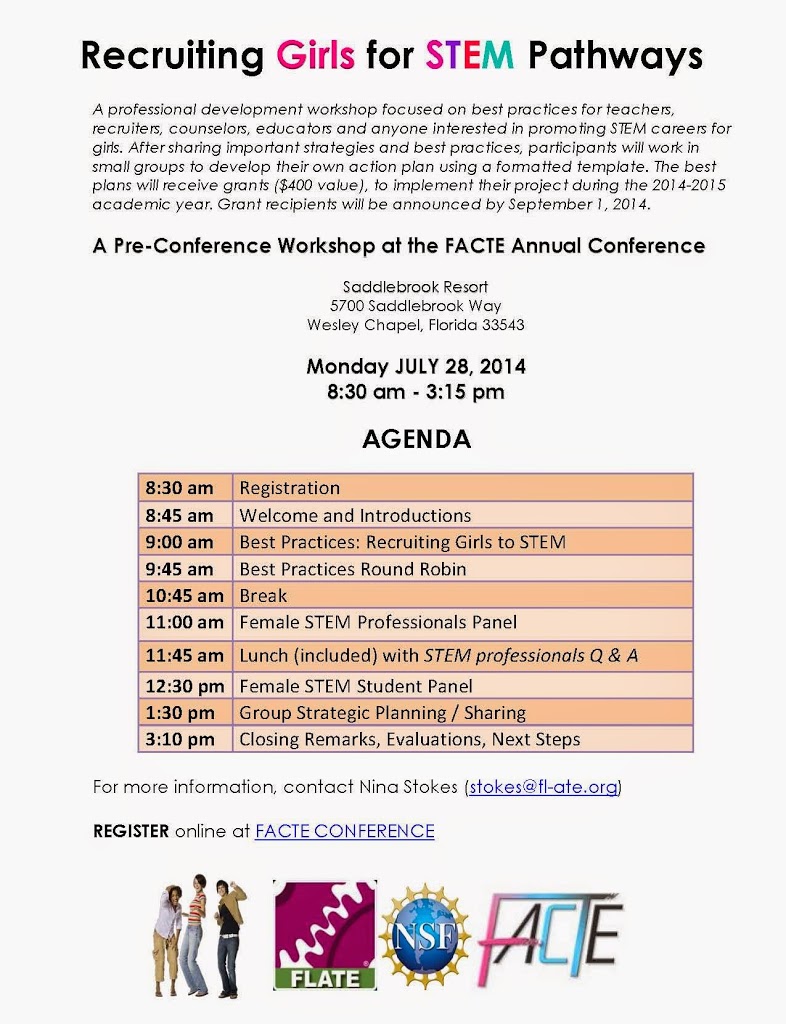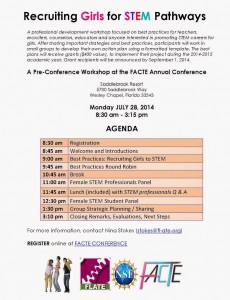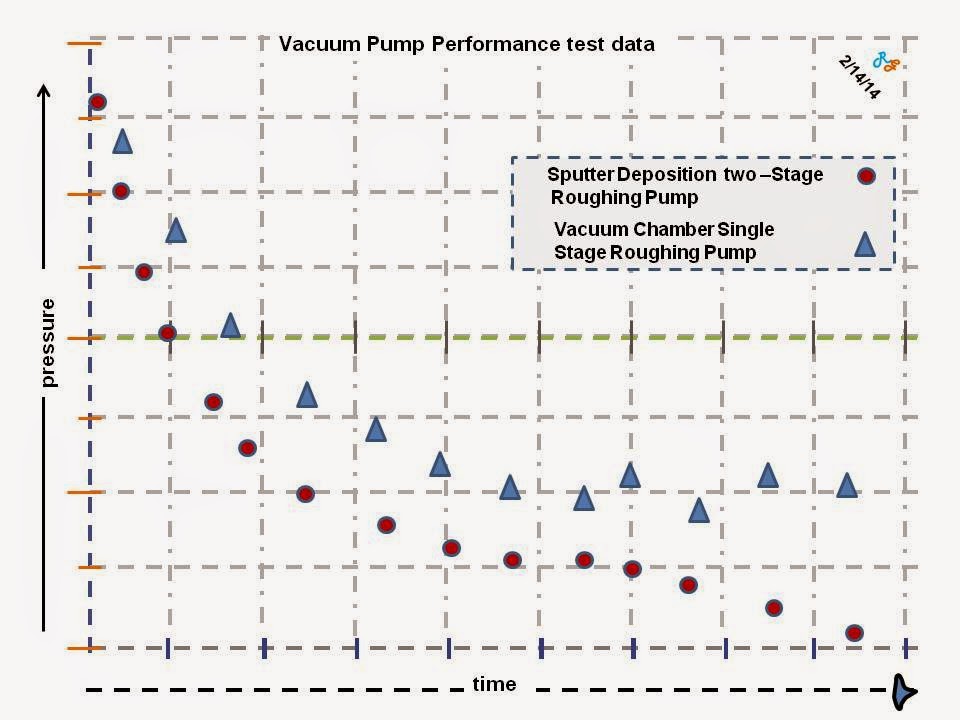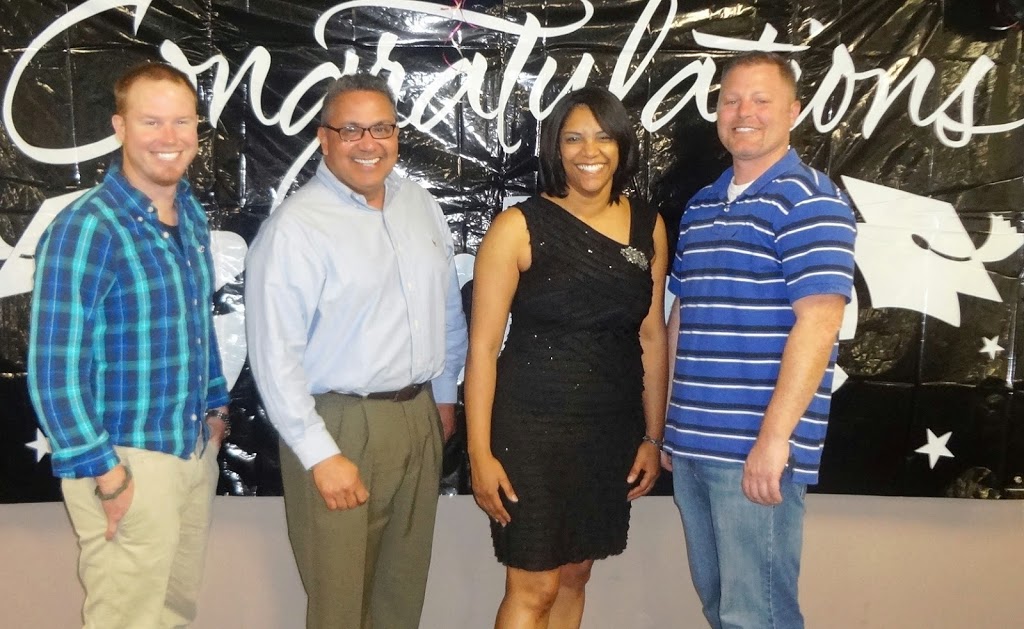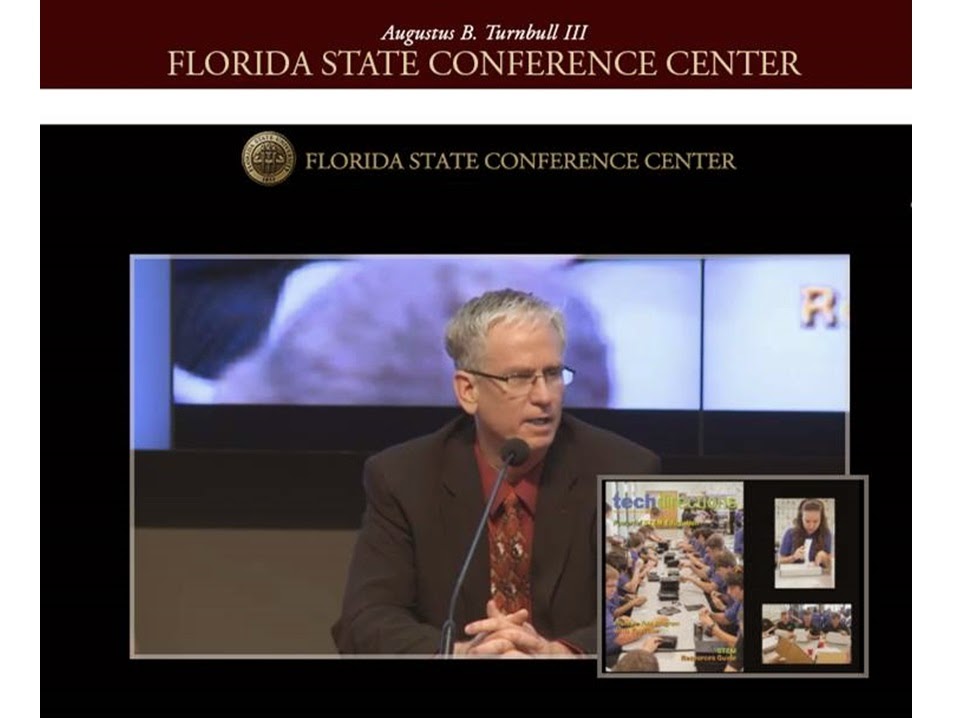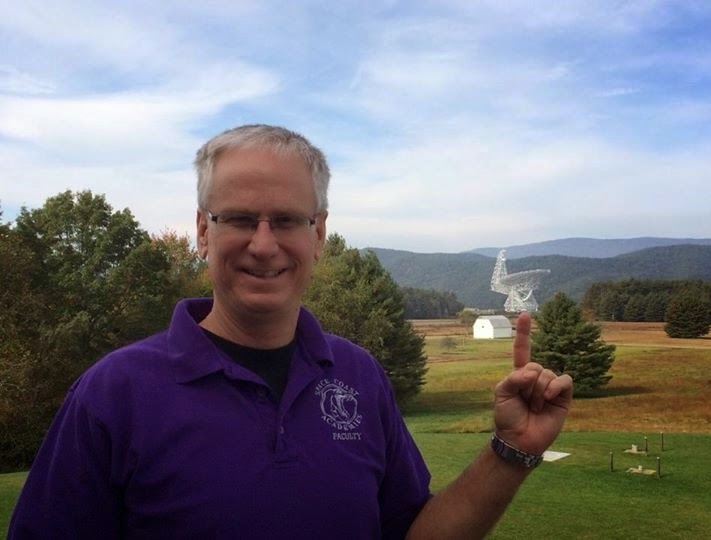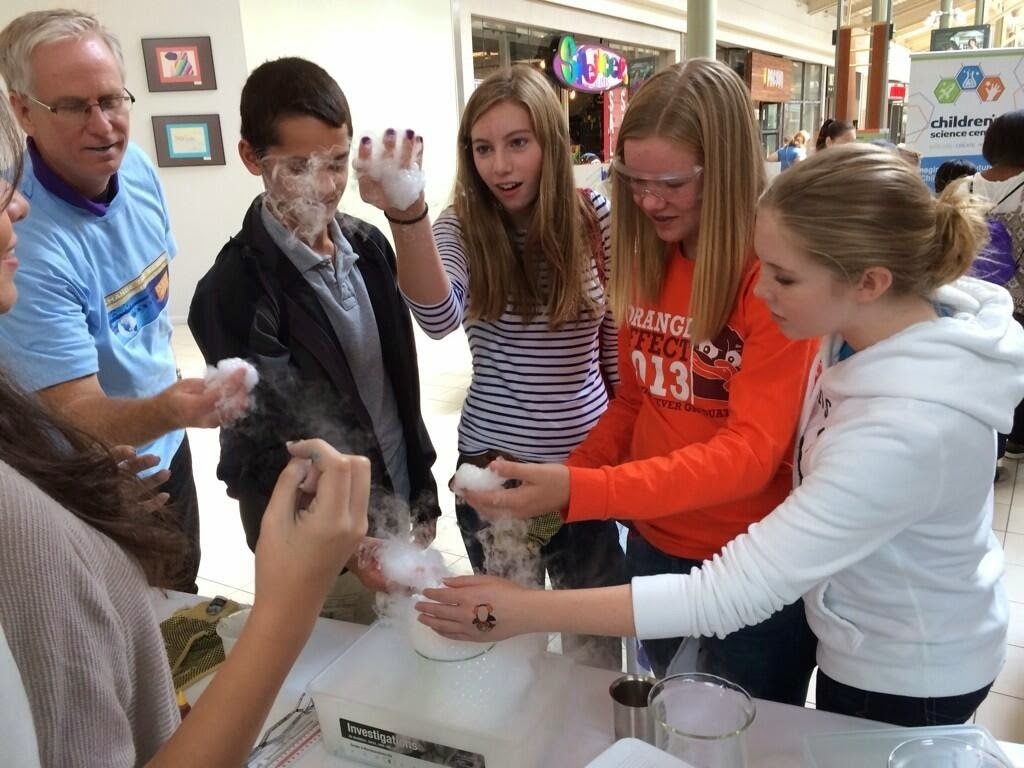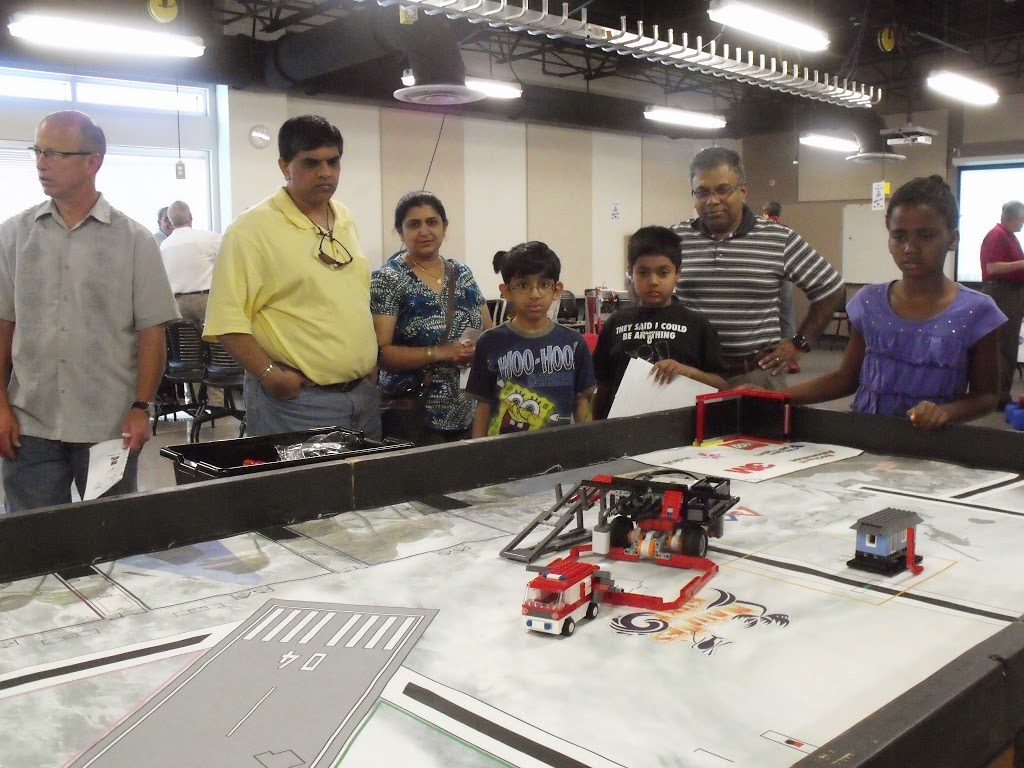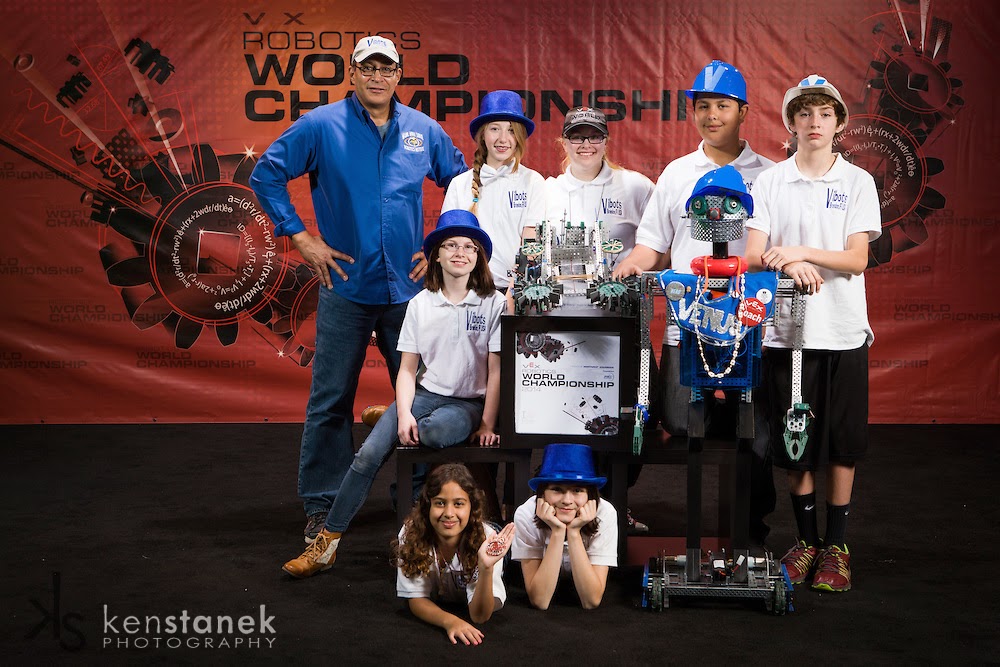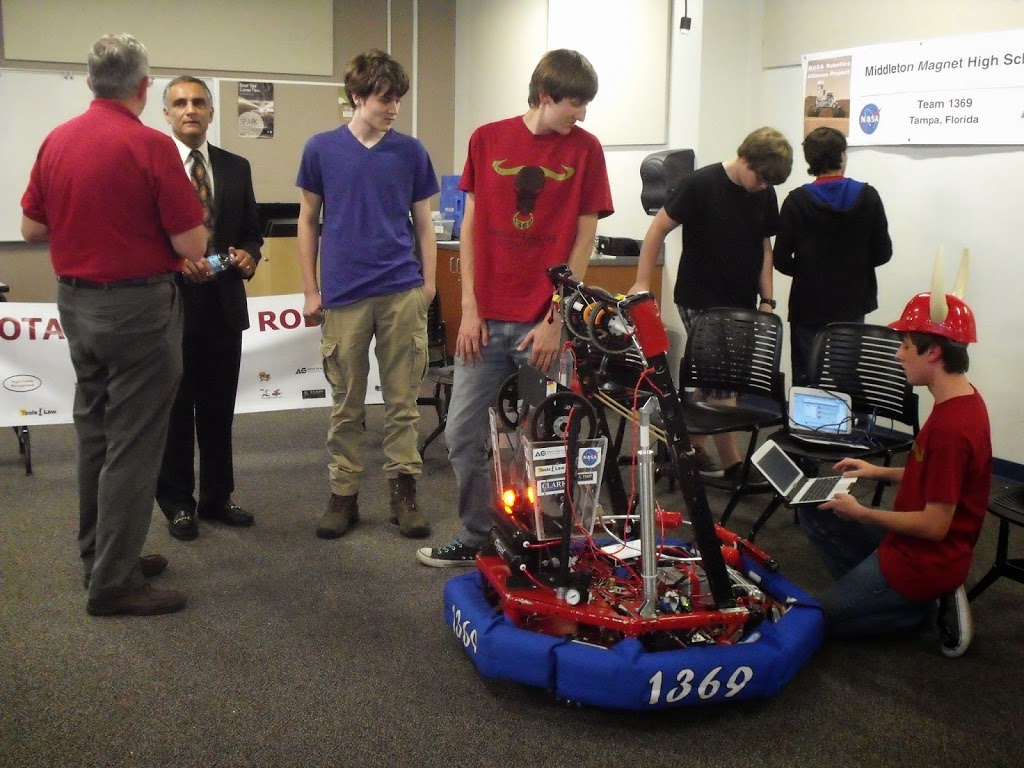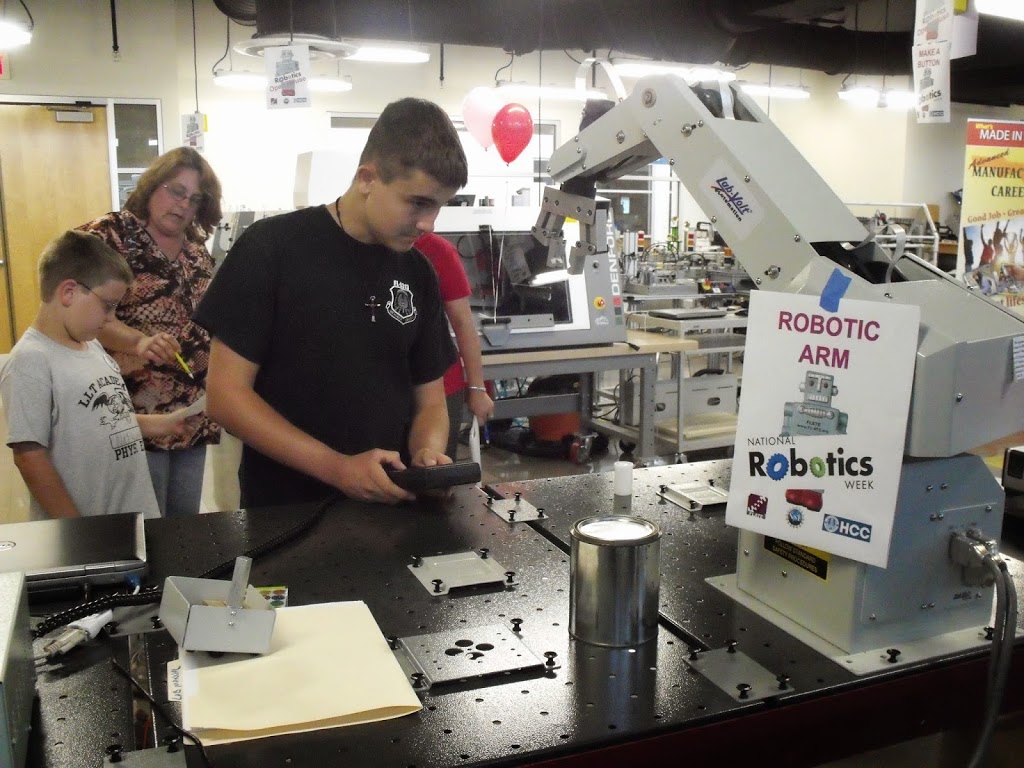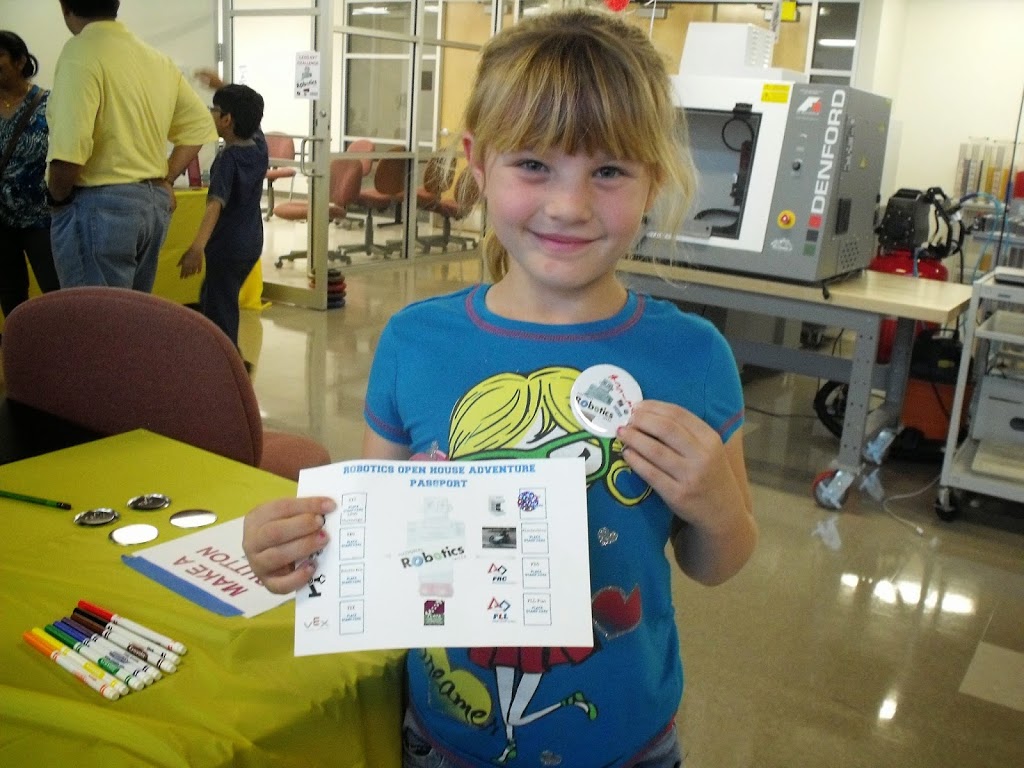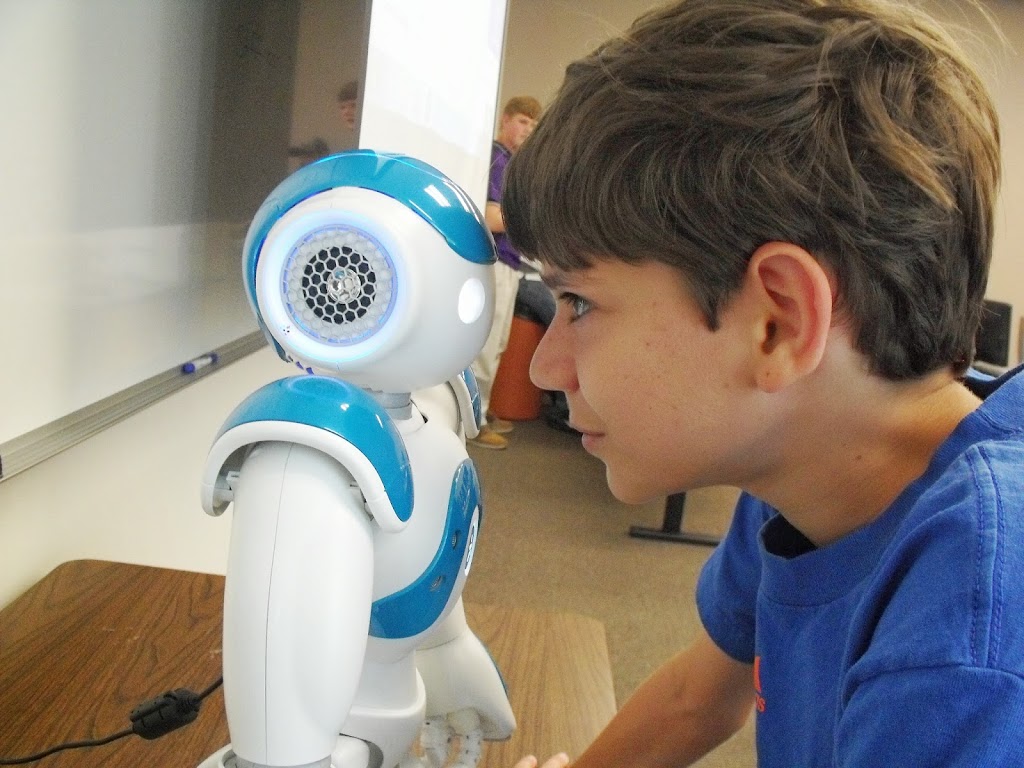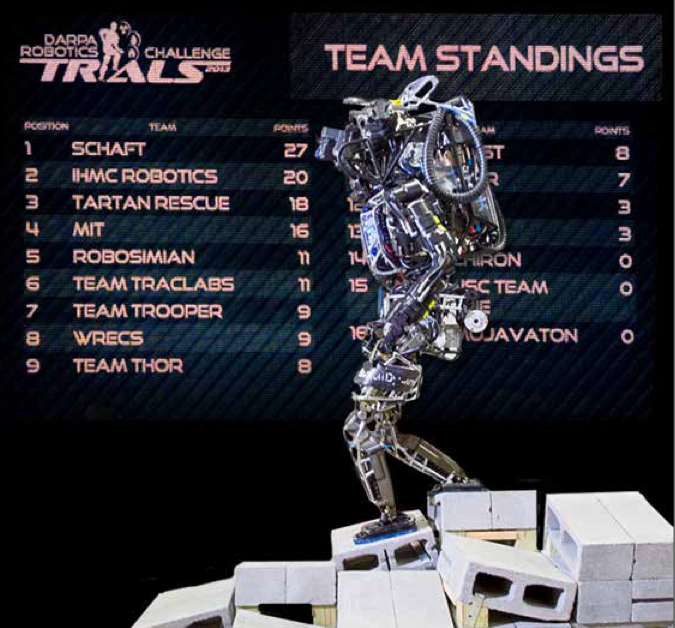Recruiting Girls for STEM Pathways
Titanium Bone Screws Focus of Rotary Broach Plant Tour
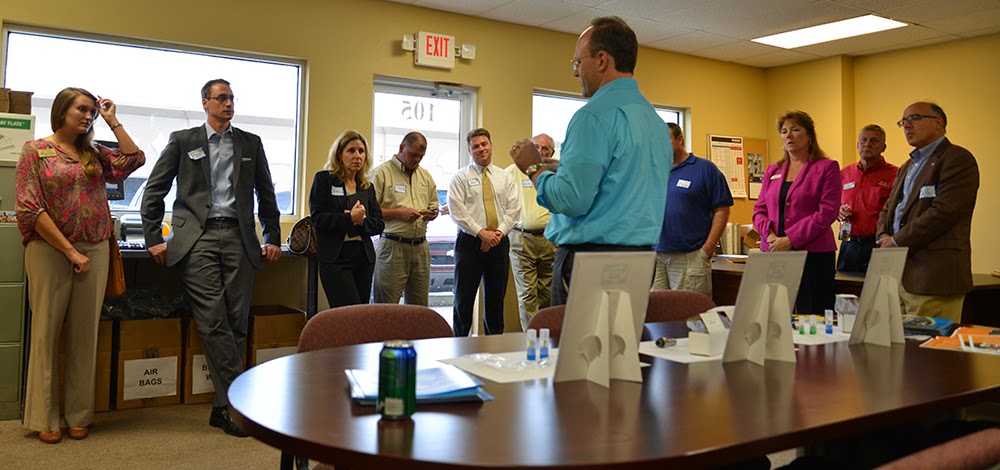 Polygon has been making the cutters out of high speed steel, a very hard substrate that resists wear and chipping. The company currently offers M-2, M-42, PM M-4 and PM T-15 varieties for machining different materials. Peter Bagwell, a Product Engineer for the company, was asked about which materials are used for broaching bone screws, and explained how the choice of substrate material depends on the method of broaching. Bagwell also talked about a new rotary broach material the company is researching.
Polygon has been making the cutters out of high speed steel, a very hard substrate that resists wear and chipping. The company currently offers M-2, M-42, PM M-4 and PM T-15 varieties for machining different materials. Peter Bagwell, a Product Engineer for the company, was asked about which materials are used for broaching bone screws, and explained how the choice of substrate material depends on the method of broaching. Bagwell also talked about a new rotary broach material the company is researching.industry tour hosted for the manufacturing day in Florida tours organized by FLATE in 2013. “We value the partnership with our local customers and suppliers and are happy to bring them in and show them what we’re offering,” says Bagwell. We also maintain healthy relationships with other organizations like the Precision Machined Products Association (PMPA) and the National Tooling and Machining Association (NTMA). The company believes participation in each of these networks is key to remaining the leader in rotary broach technology.
For more information on Polygon visit https://www.polygonsolutions.com, or contact Peter Bagwell, rotory broach product engineer at peter@polygonsolutions.com, or 239.628.4800. For information on FLATE, or to host/organize a tour for Manufacturing Day in Florida on Oct. 3, 2014 visit www.madeinflorida.org/manufacturingday.
Executive Director Discusses Role of Apprenticeships and Co-ops in Addressing Workforce Skills Gap
 Earlier this month President Obama announced additional funding opportunities from the Department of Labor for Community Colleges under the TAACCCT program (Trade Adjustment Assistance Community College and Career Training) and separately, additional funding for apprenticeship programs. The second, $100,000,000 will be awarded later this year from H1-B funds for American Apprenticeship Grants. Apprenticeships are a proven path to employment and the middle class: 87% of apprentices are employed after completing their programs with an average starting wage for completers of over $50,000. The program will support several innovative projects that include: scale in-demand job training across the country through national industry partnerships; advance education & training to ensure seamless progressions, and improve statewide employment and education data integration and use.
Earlier this month President Obama announced additional funding opportunities from the Department of Labor for Community Colleges under the TAACCCT program (Trade Adjustment Assistance Community College and Career Training) and separately, additional funding for apprenticeship programs. The second, $100,000,000 will be awarded later this year from H1-B funds for American Apprenticeship Grants. Apprenticeships are a proven path to employment and the middle class: 87% of apprentices are employed after completing their programs with an average starting wage for completers of over $50,000. The program will support several innovative projects that include: scale in-demand job training across the country through national industry partnerships; advance education & training to ensure seamless progressions, and improve statewide employment and education data integration and use. last year in the series “Defining Workable Education Models” where we took a close look at the terms of engagement for apprenticeship programs. What many Florida manufacturers do know (or think they know) is that apprenticeship programs can produce many qualified workers that they need in various technical manufacturing and industrial areas. What they might not know is that most apprenticeship programs are primarily run by (or registered to) a company. Detailed information about apprenticeship programs in Florida can be found at the Florida Department of Education website at www.fldoe.org/workforce/apprenticeship.
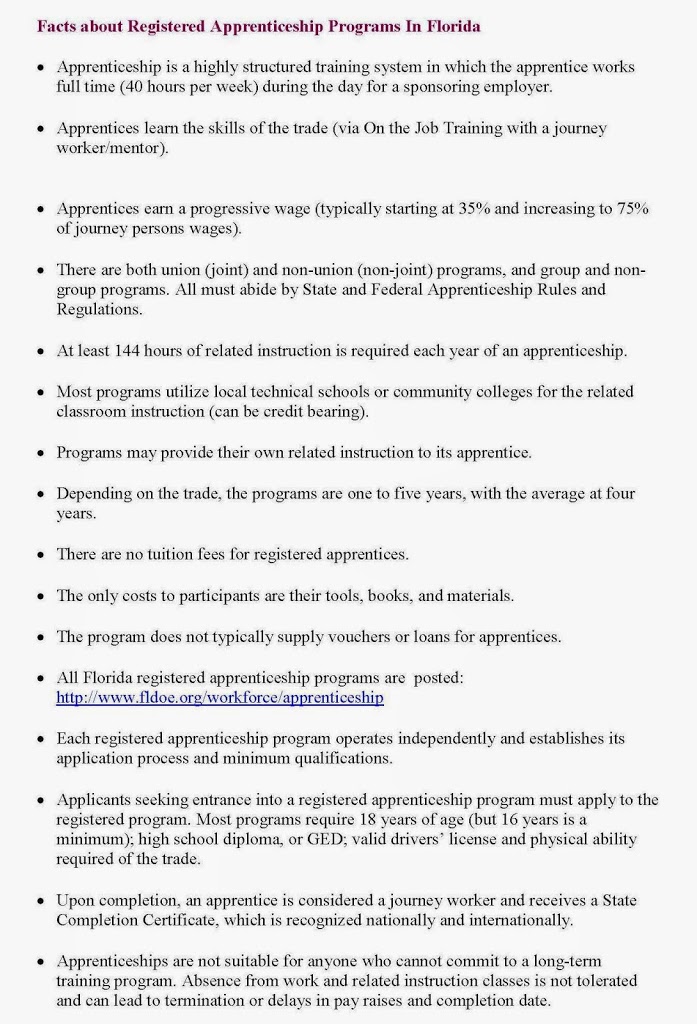 |
| Click to Enlarge Image |
Alternative to these very structured apprentice programs, there are many new co-operative (work-study) systems being implemented across the country. They are not true apprenticeship programs. They are innovative co-op programs in two-year programs that are providing consistent, monitored work experience integrated with specially designed academic degree programs. These programs provide many of the advantages of registered apprenticeships with a different mix of academic and technical courses and work experience. The programs typically run cohorts of students, and provide paid part-time and/or full-time work. Students graduate with an associate degree in a technical discipline and will have worked 20-40 hours per week in an industry related position with mentoring at the employer when they graduate. These programs still require significant commitment by the companies. Employers commit to helping design the coursework; providing monitored OJT work experiences; and paying the students for their work during the 2-year program.
sTEm–at-Work Puzzle #40: Vacuum Pump Leaks
The Tech now knows that the vacuum system is “outgassing”. Yes or No. Submit your answers below the blog post, or at www.fl-ate.org.
Databytes on A.S.E.T Graduates from ET Colleges across Florida
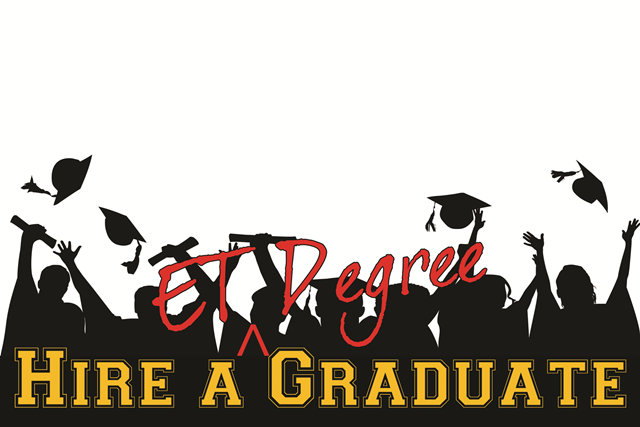 A five-year trend in engineering technology program enrollment shows highest enrollment at Eastern Florida State College (EFSC) followed by Florida State College in Jacksonville (FSCJ), Hillsborough Community College (HCC), and St. Petersburg College (SPC). In 2013, twenty A.S.E.T (13 male, 7 female) graduates and 30 (23 male, 7 female) who earned College Credit Certificates (CCC) from EFSC. The projected numbers for May 2014 at EFSC are expected to be five A.S.E.T graduates (4 male, 1 female) and 11 CCC earners (7 male, 4 female). Elsewhere around the state, Gulf Coast State College had a total of 10 A.S.E.T graduates and 24 CCC earners in the 2013-2014 academic year. In the northeast tip of the state, Florida State College at Jacksonville (FSCJ) is expected to have nine graduates and 18 CCC earners this year. “That number is expected to rise significantly over the next couple of years” said Ernie Friend, director of Academic Systems at FSCJ.
A five-year trend in engineering technology program enrollment shows highest enrollment at Eastern Florida State College (EFSC) followed by Florida State College in Jacksonville (FSCJ), Hillsborough Community College (HCC), and St. Petersburg College (SPC). In 2013, twenty A.S.E.T (13 male, 7 female) graduates and 30 (23 male, 7 female) who earned College Credit Certificates (CCC) from EFSC. The projected numbers for May 2014 at EFSC are expected to be five A.S.E.T graduates (4 male, 1 female) and 11 CCC earners (7 male, 4 female). Elsewhere around the state, Gulf Coast State College had a total of 10 A.S.E.T graduates and 24 CCC earners in the 2013-2014 academic year. In the northeast tip of the state, Florida State College at Jacksonville (FSCJ) is expected to have nine graduates and 18 CCC earners this year. “That number is expected to rise significantly over the next couple of years” said Ernie Friend, director of Academic Systems at FSCJ. Closer to home, there were seven graduates (all male) and 61 CCC holders (49 males, 12 females) from St.
Petersburg College. State College of Florida, Manatee-Sarasota (SCF) had equally impressive numbers with 23 awards among nine students (7 males, 2 females). Six males and two females received the A.S.E.T degree.These eight students, joined by a seventh male, received a total of 15 CCC awards. The two females receiving the associate degrees earned three of the 15 certificates. Hillsborough Community College had four graduates (all male) and eight CCC (7 males, one female) holders in the past academic year, while Florida Gateway College currently has six students enrolled in the A.S.E.T degree with three expecting to graduate in 2014-2015.
The A.S.E.T degree has been adopted by 14 of Florida’s 28 state and community colleges. The degree
conceived, engineered, and coordinated by FLATE is the first program of its kind. Core courses align with the Manufacturing Skills Standard Council (MSSC) certification, and provide for an articulation agreement of 15 credit hours. Colleges continue to “self-align,” and three more colleges are expected to add the ET program in 2014.
common communication platform on LinkedIn to reach out to engineering technology graduates, educators, industry professionals across the state. FLATE is also working towards developing a mobile ET site. Stay tuned for these latest updates, or visit https://madeinflorida.org/e-t-alumni and join this exclusive ET network. You can also contact Dr. Marilyn Barger, executive director of FLATE at barger@fl-ate.orgfor more information, updates, networking and partnering opportunities.
My Experiences as an Albert Einstein Distinguished Educator Fellow
Our family’s move from Cocoa, Florida to Washington D.C., has felt equivalent to a move to a foreign country. There has been an enormous learning curve with respect to negotiating city life, interfacing with a highly educated professional community, dealing with the glacier pace and inefficiencies of government organizations; and, I won’t even begin to talk about the record levels of snow that we have been fortunate to experience this year in Northern Virginia.
conferences in DC, hearings on Capitol Hill, research being sponsored by the National Science Foundation (NSF), meeting and learning directly from principal investigators, sitting in on panels, touring scientific and government institutions, and participating in educational policy discussions have all been very heady. My placement at NSF is with the Computer and Information Science and Engineering Directorate (CISE). This directorate is responsible for everything from supercomputers at national laboratories, to combating cybersecurity threats, to promoting computer science education and broadening the participation of underrepresented populations, to how to make air travel and medical devices safer. NSF is not laboratory as many might think, but a granting organization with about an 8 billion dollar annual budget.
from the leading scientists in our country. They then solicit research proposals, use the merit review process – again using the leaders in the scientific community – to determine what research ideas should be funded, and then they fund, track, and report on the findings of that research. Many breakthrough science and engineering activities can be traced directly back to NSF grants. Prior to having this experience in Washington D.C., I had noted with interest that some of my most worthwhile professional development had been with funding from the NSF.
the essential integration of STEM in the curriculum and helping our academic counterparts better understand how to do this, I would work to promote advanced manufacturing in our CTE programs. Desktop manufacturing, 3D CAD, and open source electronics are rapidly changing the world we live in. In order for our students to be successful, we need to revolutionize our educational purpose and mindset away from that of helping students become job seekers, to helping our students become entrepreneurs and job creators. Perhaps the best way to prepare our students is by borrowing from the field of industrial design, teaching the principles and skills of industrial designers and empowering them to create innovative products on their own. That to me is the wave of the future.
Steve Portz was winner of the FLATE Secondary Educator Award in 2012. You can read more about him in the feature FLATE Focus article highlighting more of his accolades and efforts to promote technology education in Florida. Upon completing his fellowship, Portz plans to return to Brevard County, FL and continue teaching. He hopes to use his fellowship experience to affect positive change as a STEM education specialist by serving as the lead contact for all STEM initiatives for his school district ensuring curriculum is current and relevant. Portz is looking to promote STEM by establishing a district-wide “Make–Habit of the Mind” empowering students to create, build and transform ideas into products. He will also serve as the district point person on additive manufacturing while providing leadership and training on how to integrate 3D printing technologies into the curriculum. Given his STEM-focused interest, Portz hopes to capture and retain students’ interest in STEM at earlier ages and broaden participation of underrepresented populations.
Robotics Open House Spurs Interest in Robotics Technology & Education
region-wide open house, inviting educators, industry leaders, students and anyone interested in robotics, to attend and celebrate national robotics week in Tampa. As part of this effort, FLATE partnered with local robotics clubs to showcase applications of robotics technology in industrial and everyday settings. “The educational component of robotics represents true project based learning, and is tied to so many other aspects of everyday life” said Amanda Peterson. She and her son, Graham Peterson were attending the open house as part of Middleton High School robotics team who were there to showcase their FRC robots to visitors.
everyday settings, and got a first-hand look at various software used by VEX, FLL, FTC and FRC team
members to operate and program robots while competing at regional and national robotics competitions. The Vibots—an “All Girls” robotics team from McLane Middle School was phenomenal. “The neatest thing about robotics is that it is not gender specific” said Rachel Haselwood and Payton Libe from McLane Middle School. Their VEX robot, whom they had named Lucious, qualified for the national world VEX competition after winning the state championships. “With 10,000 elementary, middle and high school VEX teams worldwide and only 750 qualifying for world championships, McLane’s robotics team did the impossible and won the Education (STEM) Award for a second time” at the 2014 VEX World Championship, said Mike Wilson, robotics teacher at McLane Middle School. According to Wilson, the Educate Award is given to a team that has successfully integrated VEX robotics into STEM curriculum and demonstrated to the judges that VEX is not just an extra-curricular activity, but a valuable tool used to teach across many subjects in the classroom.
Graham Peterson and Daniel Brown also showcased the robot they built for the regional FIRST Robotics Competition (FRC). Graham and Daniel agree “technical skills are central to any engineering field.” They hoped their demo inspired students attending the robotics open house to develop technical as well as leadership skills, and motivate them to join local/regional robotics team.
modern, high-tech manufacturing facilities. Walking through different stations, visitors worked through mini LEGO®Mindstorms®NXT challenges involving motors and ultrasonic sensors to calculate speed and distance. “The way engineering aligns with science and mathematics is very interesting and intricate” said Darrian Bagley, a student at Strawberry Crest High School in Tampa who was doing a demo on how to use motors, sensors, computing and programming to operate a robot. Bagley hopes students can “enjoy finding new ways to solve problems, or explore a variety of solutions that they can create to solve a problem.”
the significance of robotics, and its role in spearheading interest in STEM education. “Robotics and programming are not scary” pointed Janelle Baldwin who is a high school robotics mentor and coach at Middleton High School in Tampa. Jeanelle hopes anyone can look at robots and see their future in it. “We’re an ‘all girls’ team who are having a lot of fun while mastering knowledge about robots, STEM and attempting engineering feats that have not been seen before” Jeanelle said. To add more fun to STEM, visitors also got a tutorial on designing and making their own buttons.
education” said Dr. Marilyn Barger, executive director of FLATE. The effort also serves as a gateway to showcase state-of-the-art high-tech equipment at FLATE’s engineering technology laboratory at HCC, and create awareness about the two year A.S. degree in engineering technology currently offered at Hillsborough Community College and 13 other state and community colleges across Florida. Through this effort “we hope to educate the public and inspire students of all ages to pursue careers in robotics and STEM” Barger said. For more information on National Robotics Day, or to enroll in one of FLATE’s all NEW and improved robotics camps visit www.madeinflorida.organd www.fl-ate.org. You can also read our blog article about upcoming camp dates, location and sign up instructions, or contact Dr. Marilyn Barger at barger@fl-ate.org, and Desh Bagley, outreach manager for FLATE at bagley@fl-ate.org.
Video coverage of the Robotics Week Open House hosted by FLATE at the HCC campus in Brandon, FL. The event was attended by students, parents and the general public. FLATE is the Florida Advanced Technological Education Center. It is a National Science Foundation Regional Center for Advanced Technological Education.
ET Graduate Advocates Manufacturing Education and Excellence Across Florida
When Kelly Andino, an engineering technician at Harris Corporation’s, Government Communication
System’s (GCS) Development Manufacturing department, began working toward her Associate of Science (A.S) degree in Engineering Technology from Eastern Florida State College, she probably didn’t realize where her studies were about to take her. Since starting the A.S program, Kelly has not only traveled to Spain, but has also made her way across Florida speaking about her educational experiences and the importance of manufacturing careers.
Education Center (FLATE), a statewide National Science Foundation Advanced Tchnological Education Center, to speak to groups across the state about the special training program and the benefits and rewards of working in manufacturing in Florida,” said Scott Gibbons, Engineering Manager for Development Manufacturing. “Kelly has truly become the ‘face’ of this important career and the spokeswoman for the importance of manufacturing educational opportunities.”
2014 NCPN Conference: Don’t Miss Out on a Networking Opportunity
Mark your calendar for the 2014 National Career Pathways Network (NCPN) conference to be held at the beautiful Buena Vista Palace on the Walt Disney World® Resort (across from Disney Marketplace). This year’s conference theme is Building Capacity: Aligning for the Future, and what better place for that setting than Disney World. What a fun and innovative combination! This year’s conference will be built around the Office of Career, Technical, and Adult Education (OCTAE) 10 Component Framework for Career Pathways as encouragement for each of you to build capacity for the next round of Perkins. Program Strands* include:
For information and registrations visit https://www.ncpn.info/2014-ncpn-conf.php, or contact NCPN Conference Coordinator, Sheila Wilson at swilson@cord.org.
From the Executive Director’s Desk: Get Ready for Robots!
educators including programming languages that provide fundamental communications for any robotic system. Many students around the state are preparing for national competitions in FIRST Robotics, BEST, VEX and many other competitions that require designing, building, and programming an autonomous robot to perform certain tasks within given constraints which could include time, materials, cost, size, and functionality. With mentoring from employees in the manufacturing industry, we hope these outreach initiatives enable team members/participants to gain increased awareness of technical careers involving robotics as well as the skills needed to become successful in those careers.
for researchers. The competition recently held a semi-finalist round in south Florida where 17 teams from around the world competed. The top eight competitors received funding to continue to prepare for the final competition in December. The 25 member Florida based IHMC (Institute for Human Machine Cognition)placed second overall and first among the teams that elected to use the Atlas robot as a platform. The DRC design challenge is focused on developing robots capable of assisting humans in responding to natural and man-made disasters and meant to be extremely challenging. The first phase teams guided their robots through eight individual, physical tasks that tested mobility, manipulation, dexterity, perception, and operator control mechanisms. The 2015 final will involve a set sequence of tasks and de-graded communications between the operators and the robots. We might say that DARPA is focusing research teams to “push the same envelope” with these competitions.
society now infiltrating our daily lives. Students who get interested in robotics can apply their interest to a large number of applications and find themselves employed in applied technologies, or manufacturing. There are related high wage and high skill technical jobs at many levels requiring technical degrees, associate and/or bachelor degrees. For those students who love student competitions, they might be able to continue to compete at these higher levels.
Terms of Use | Privacy Statement
Copyright © 2025 All Rights Reserved
